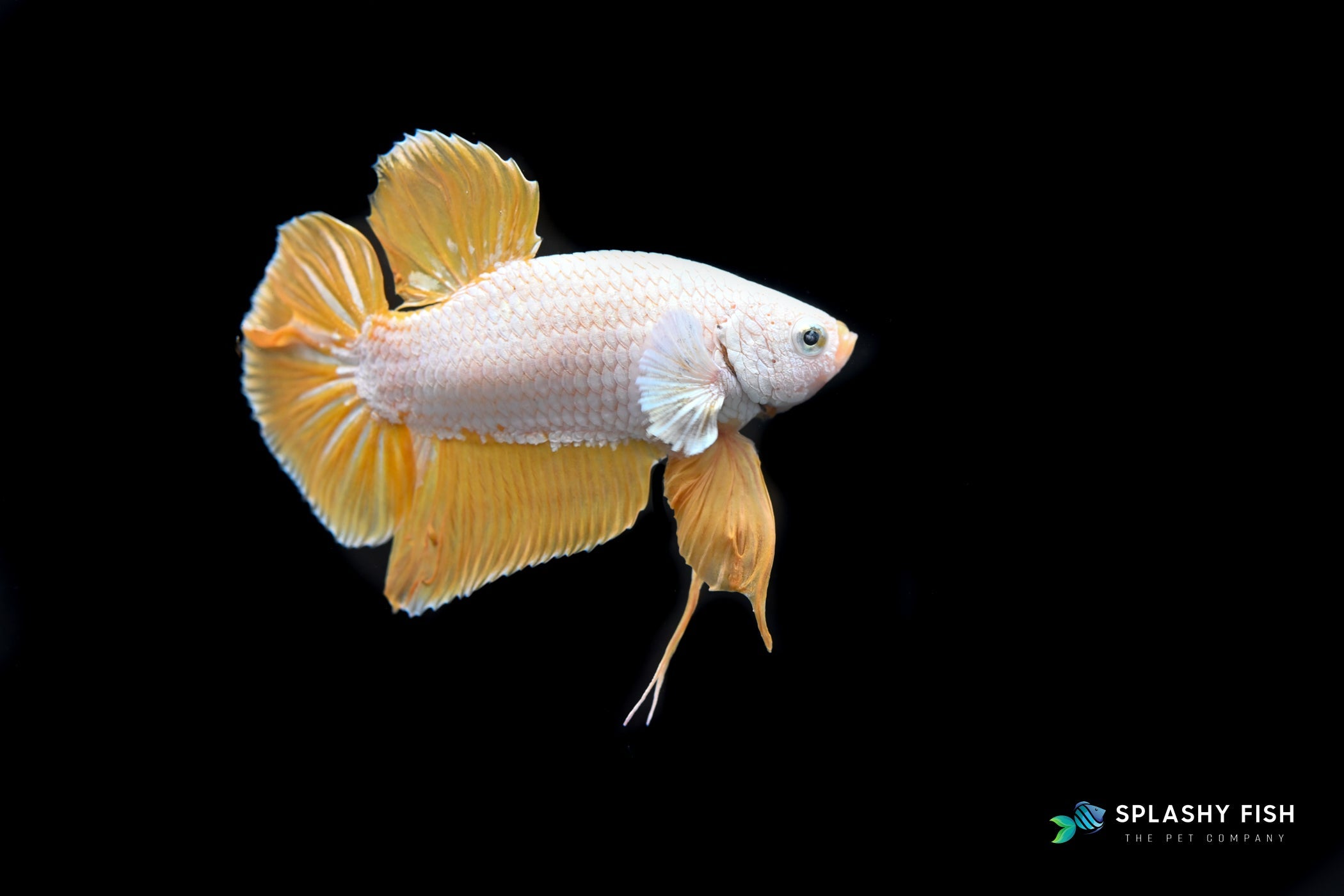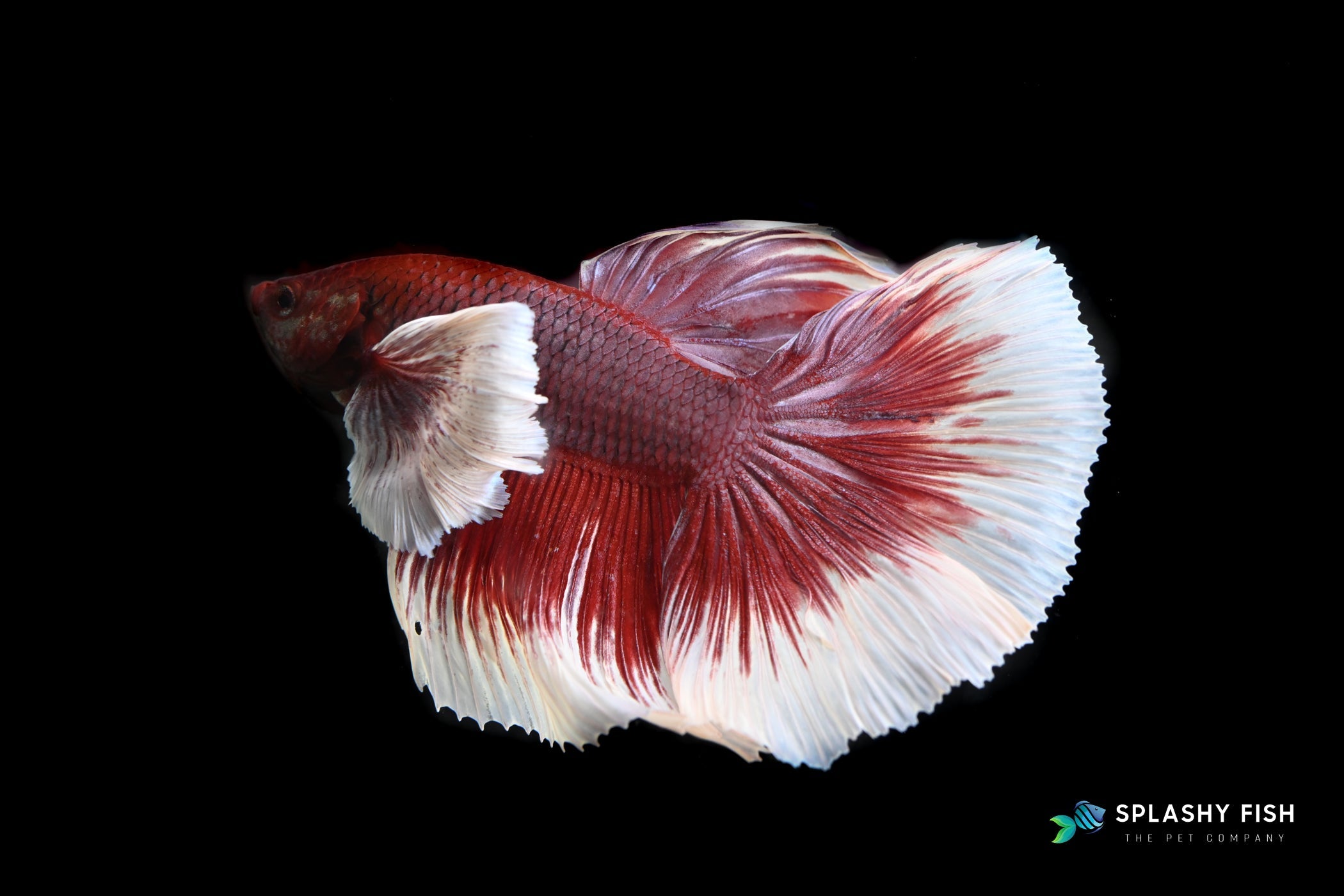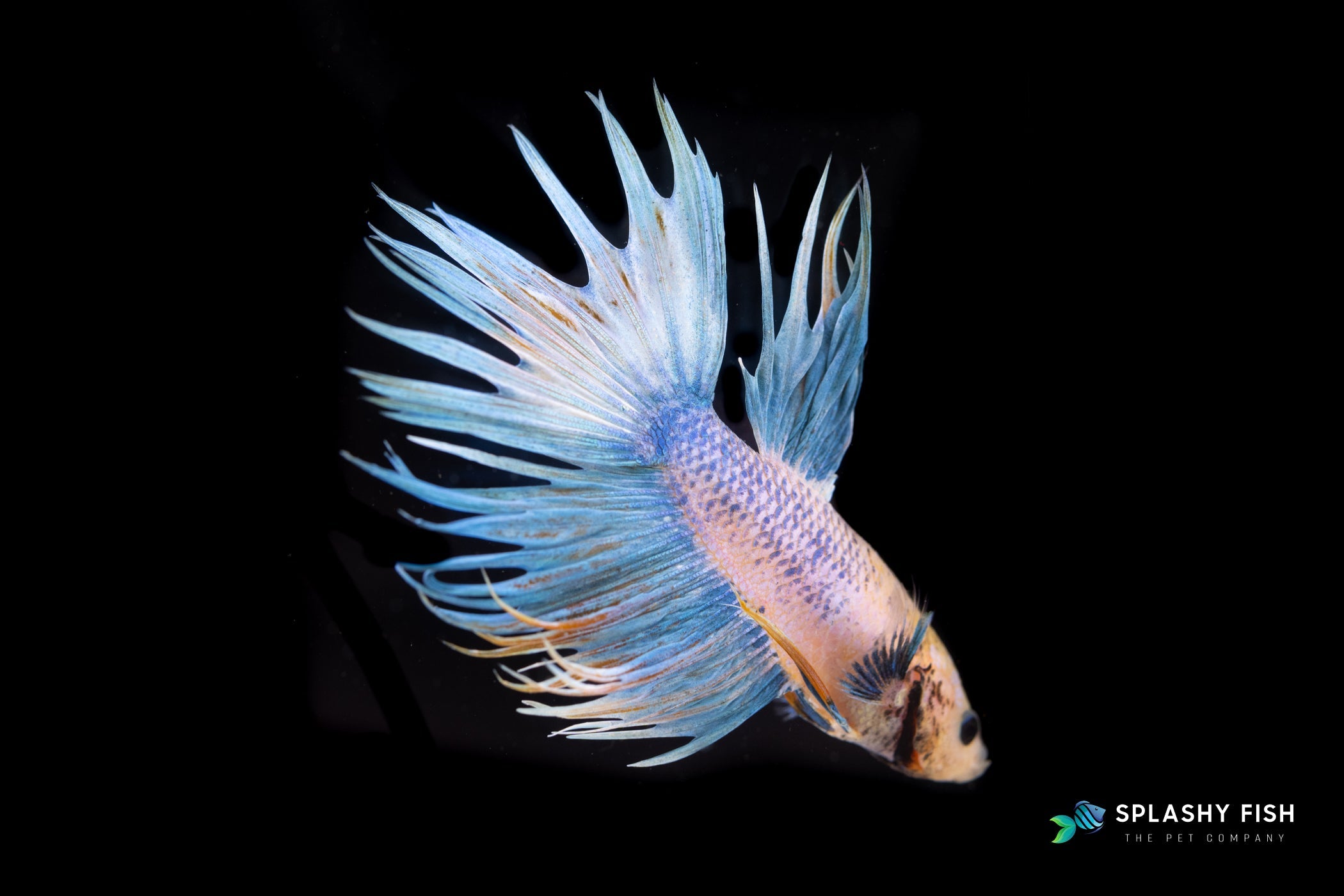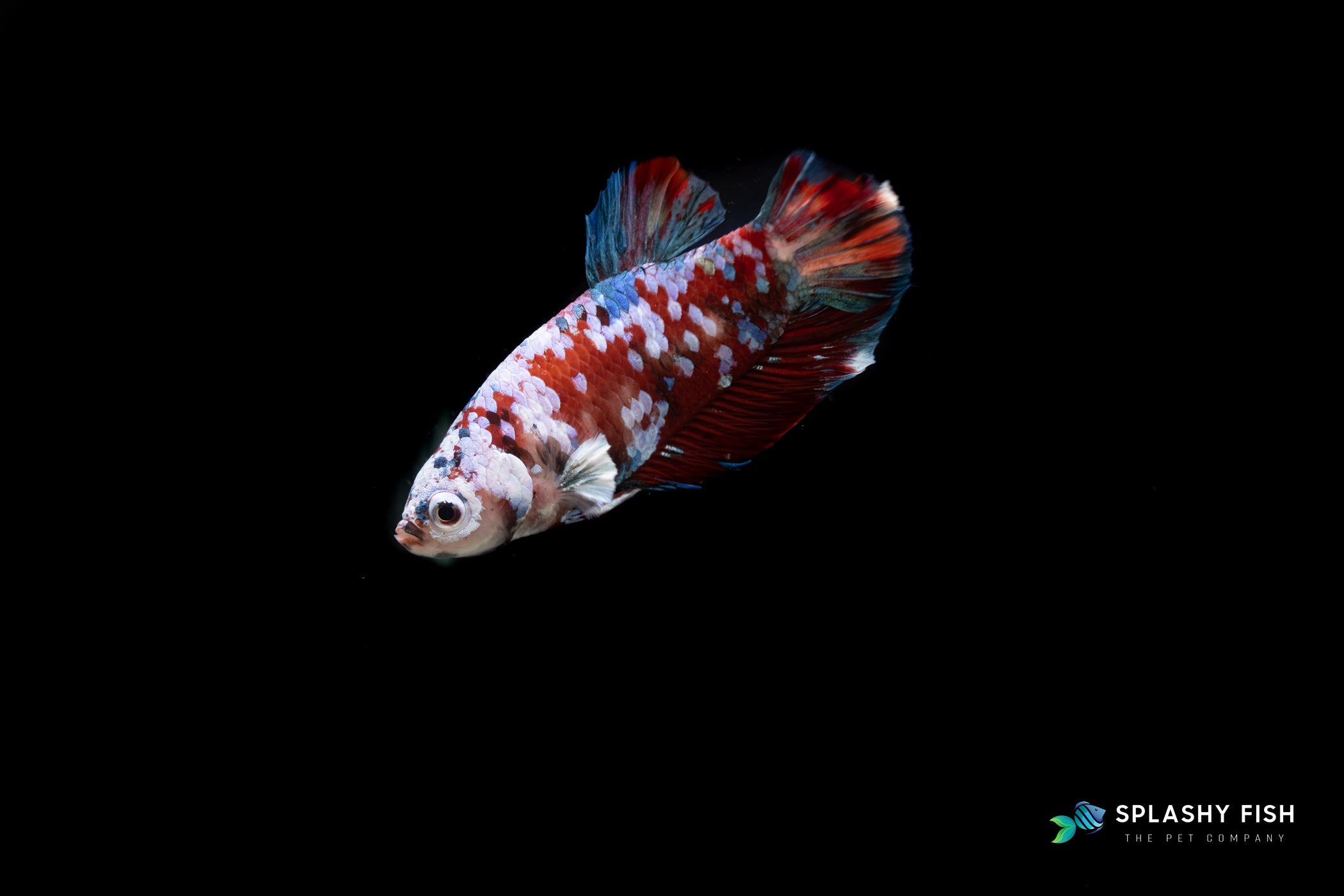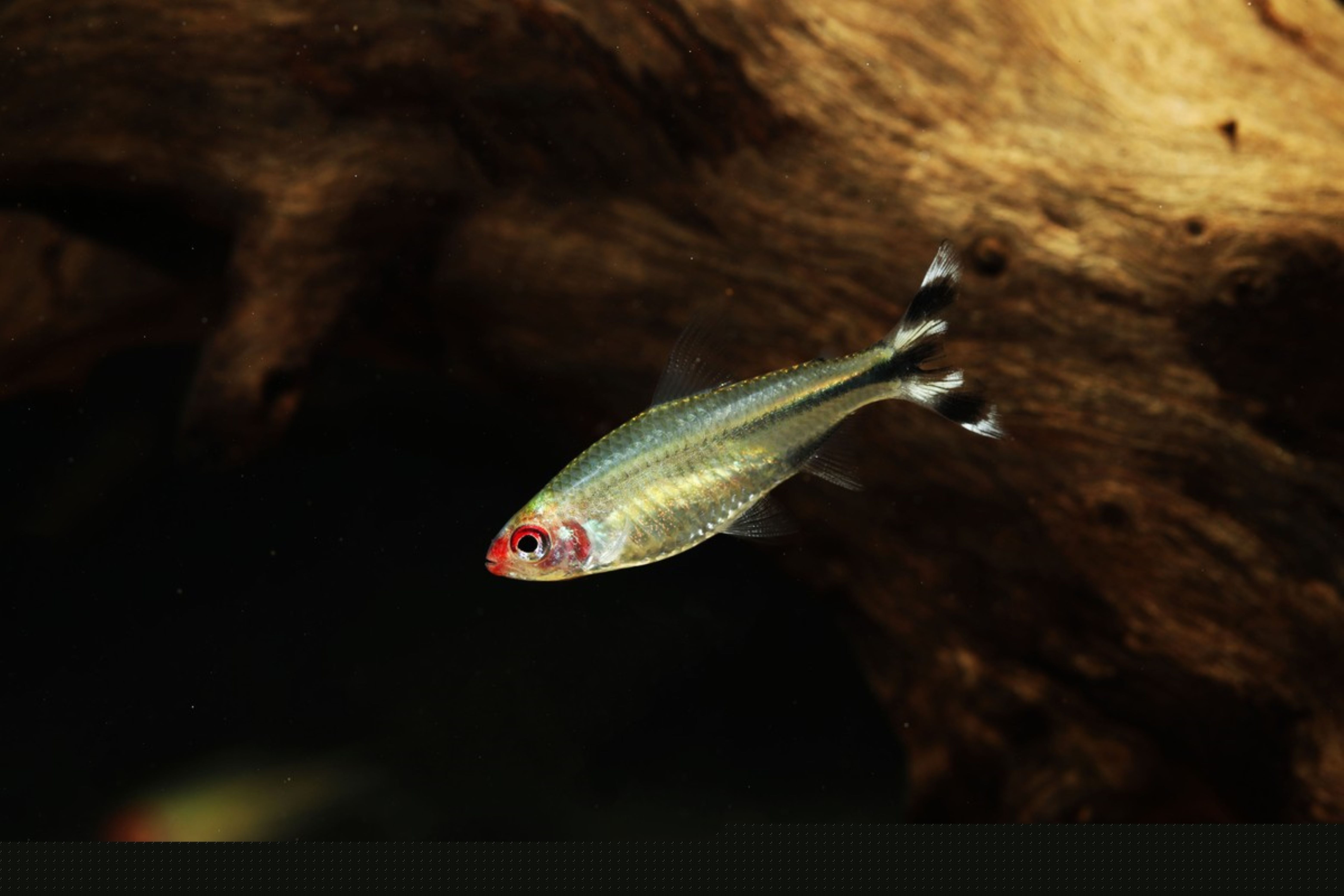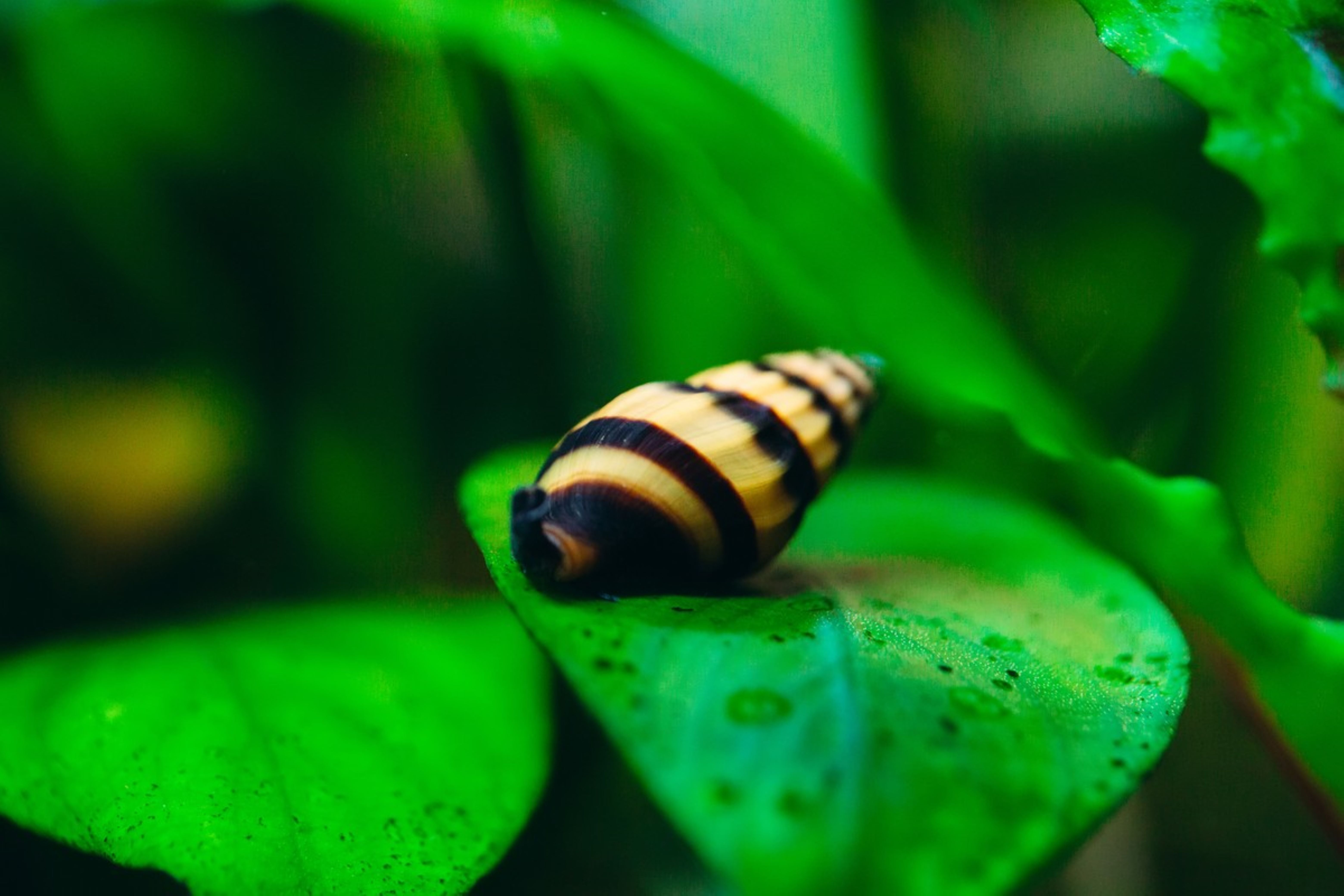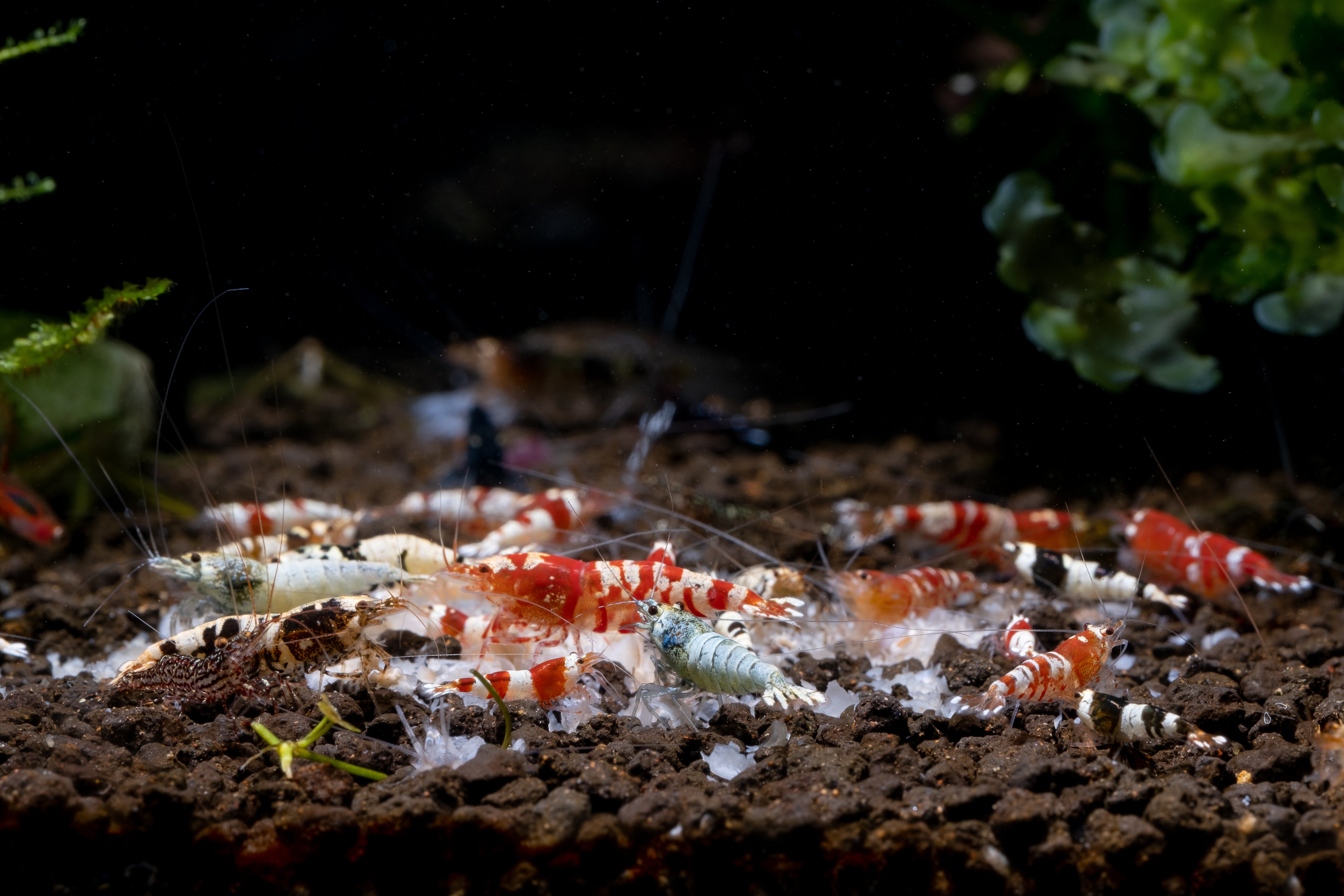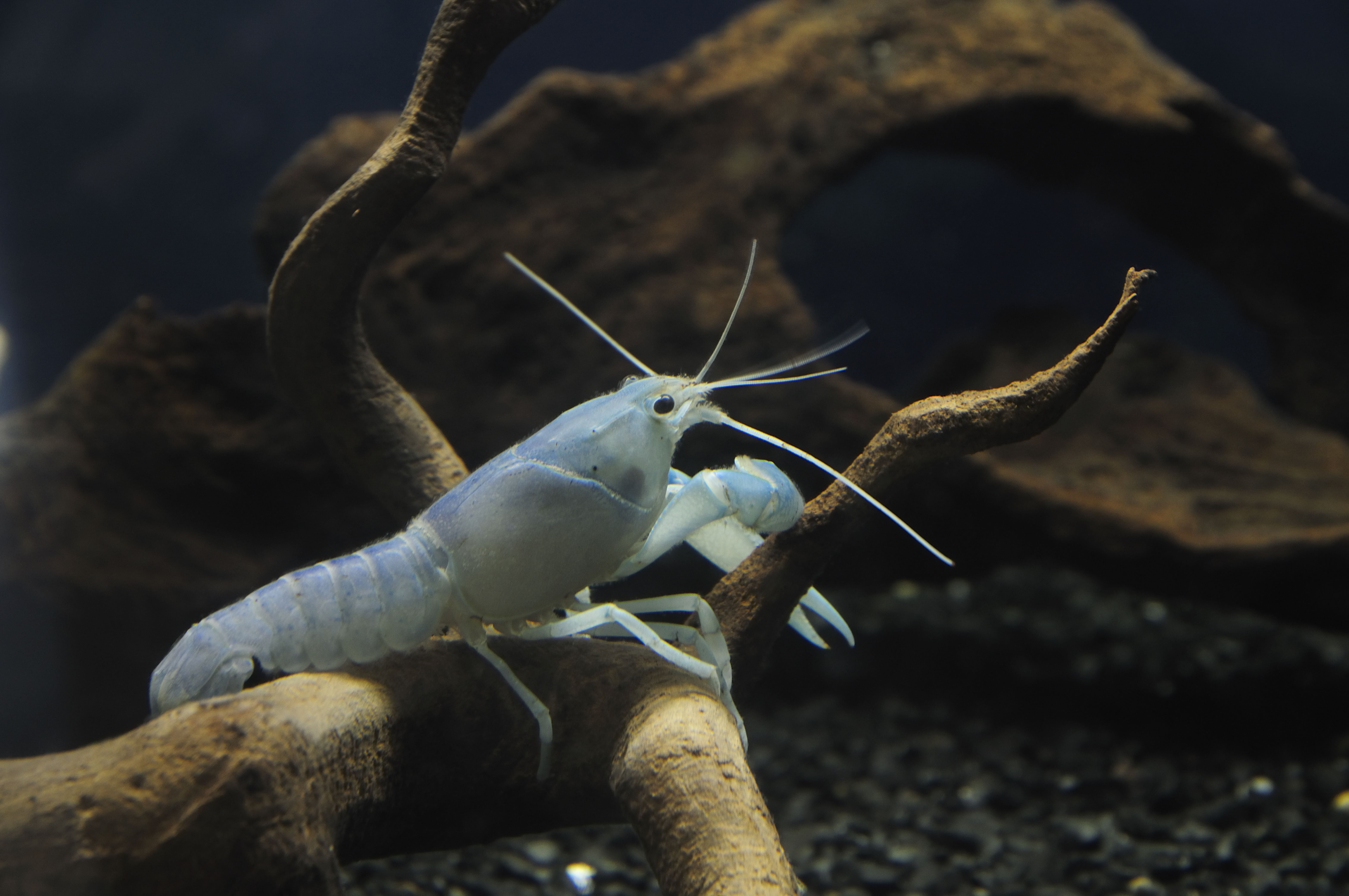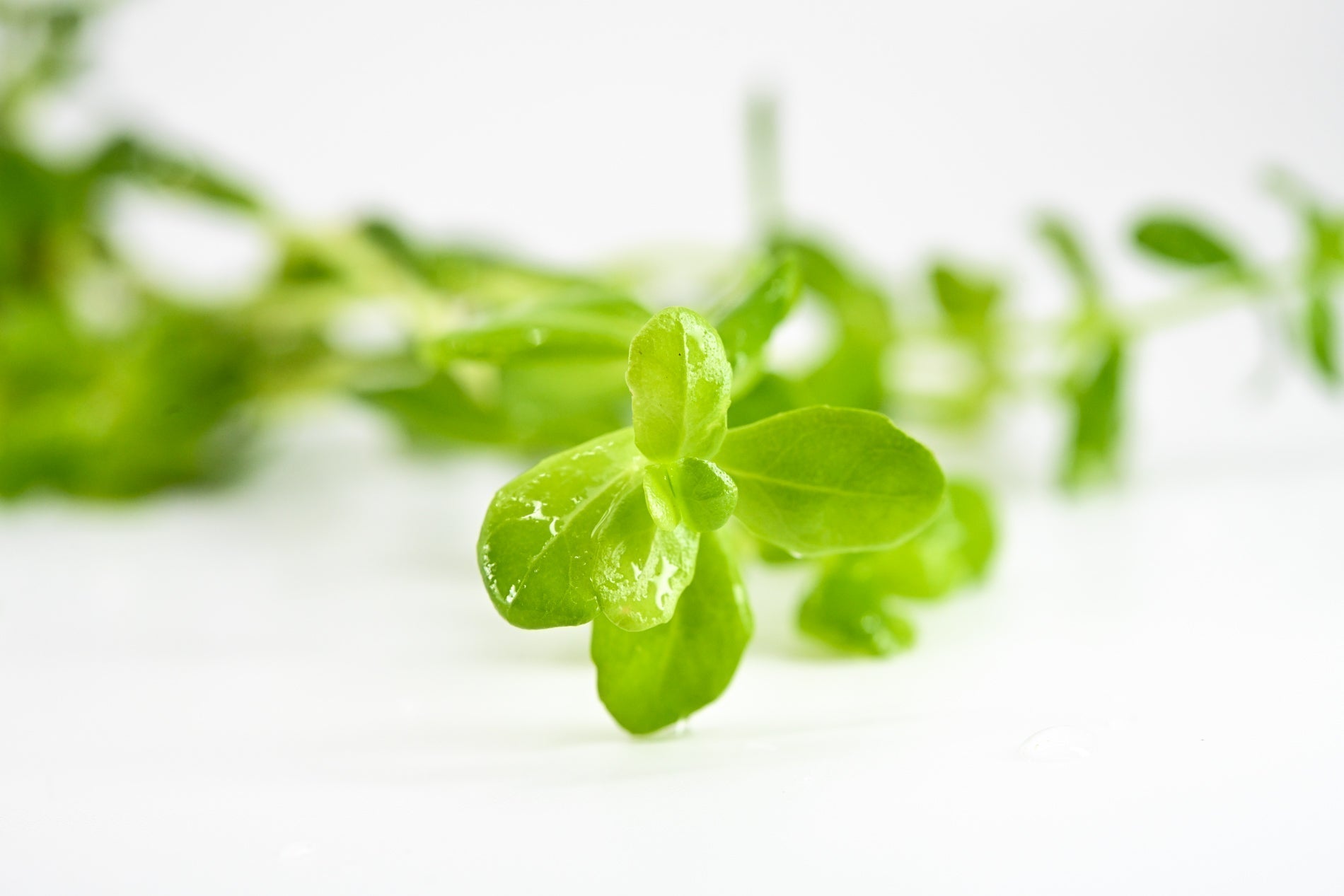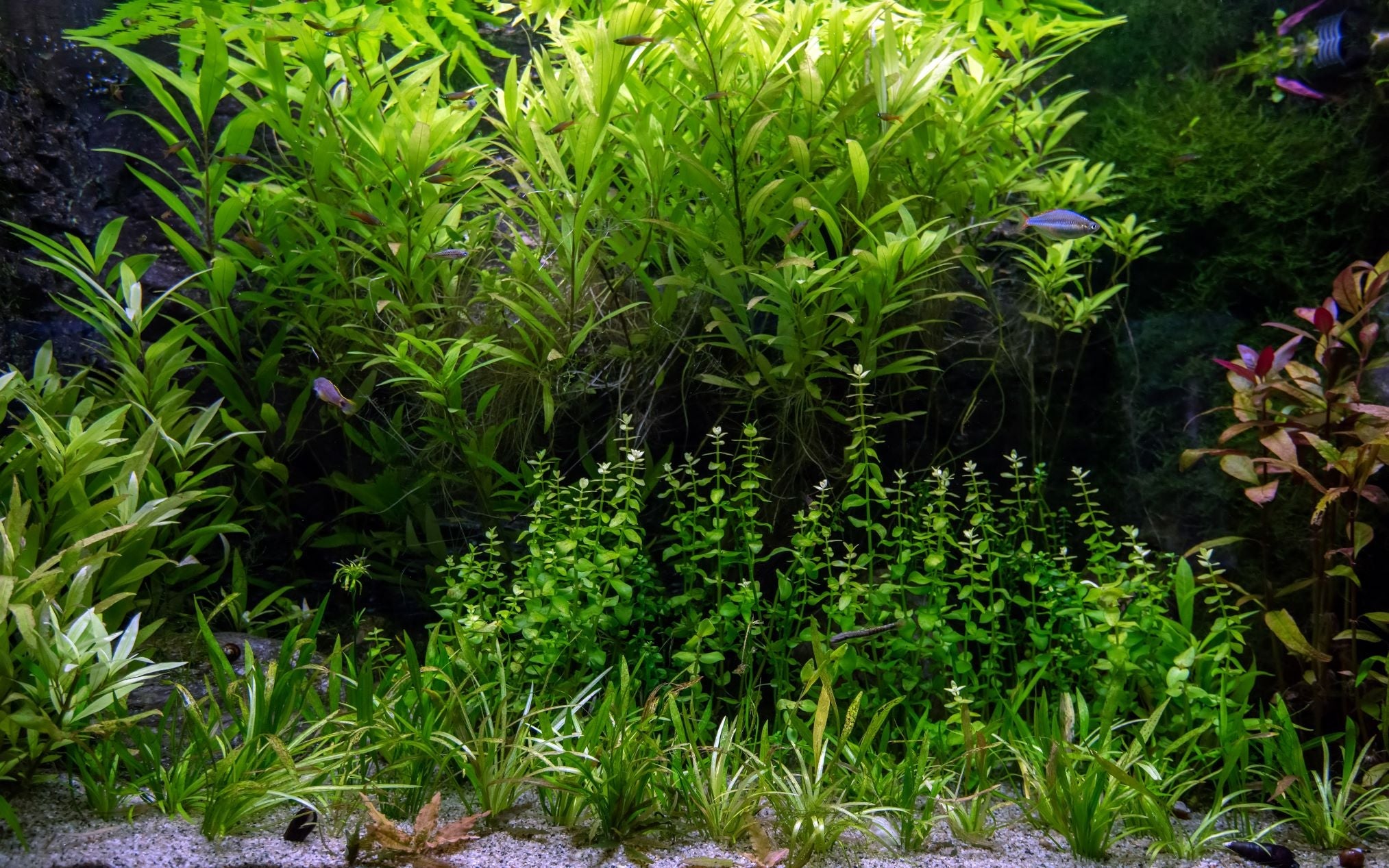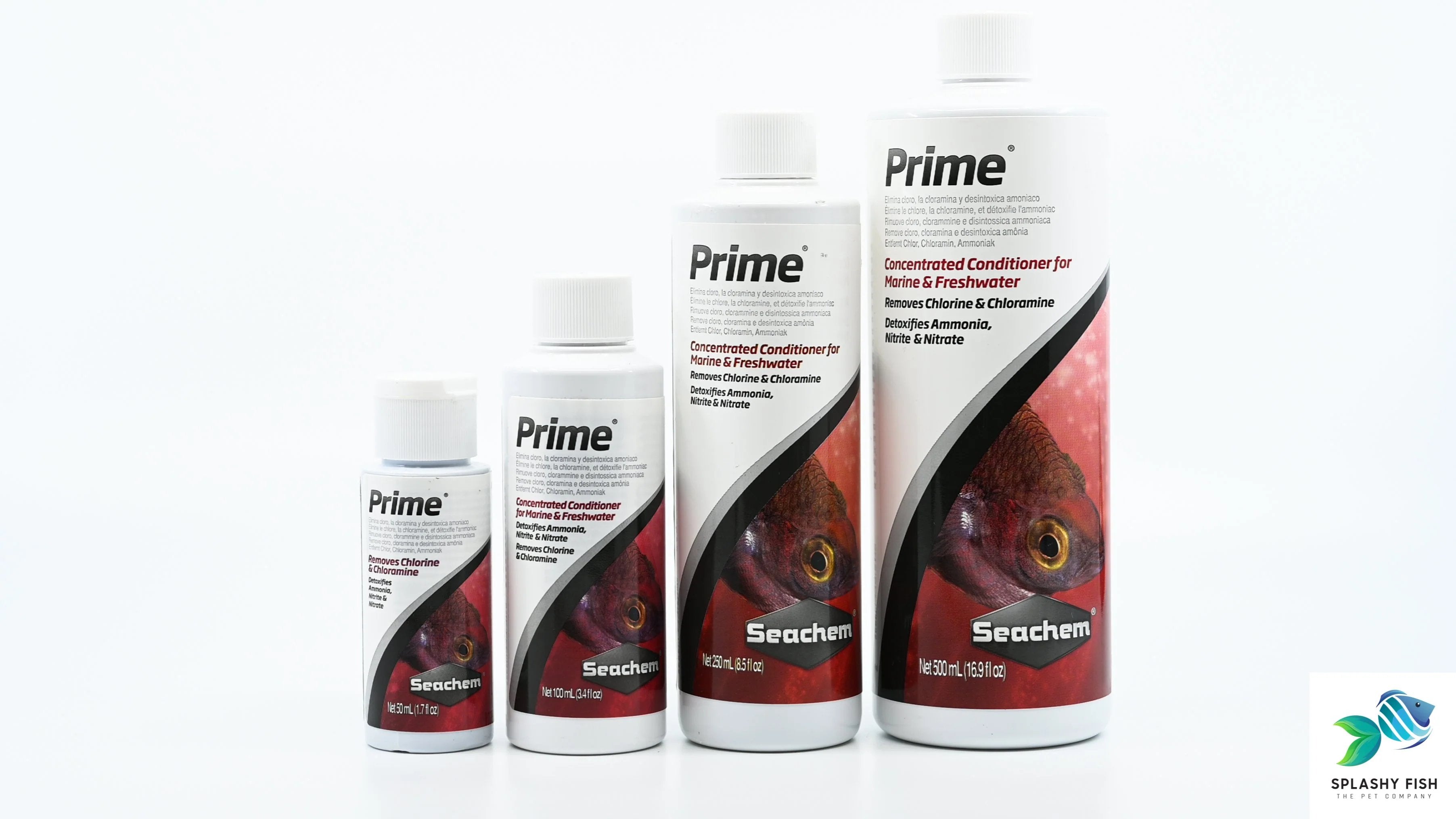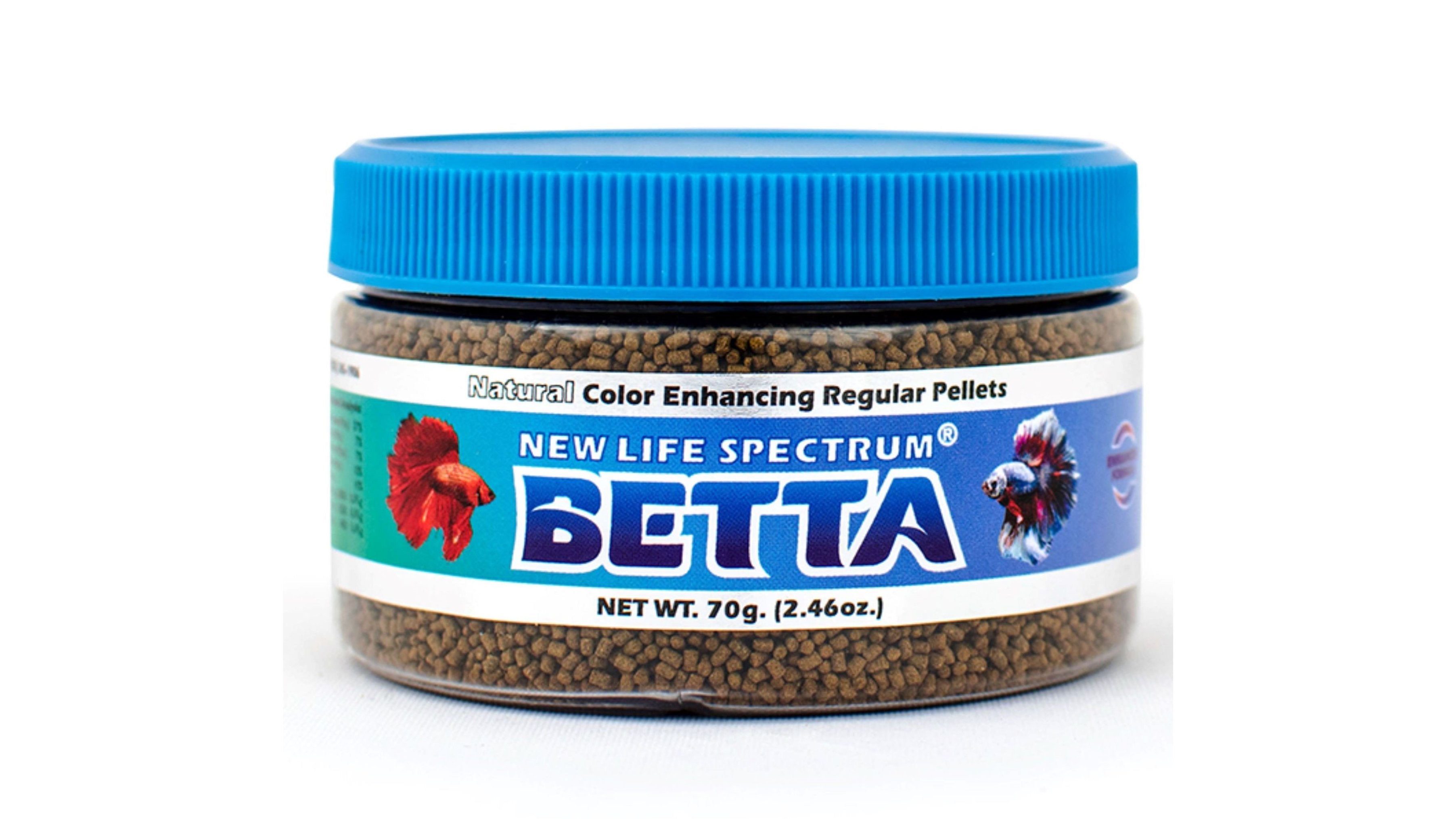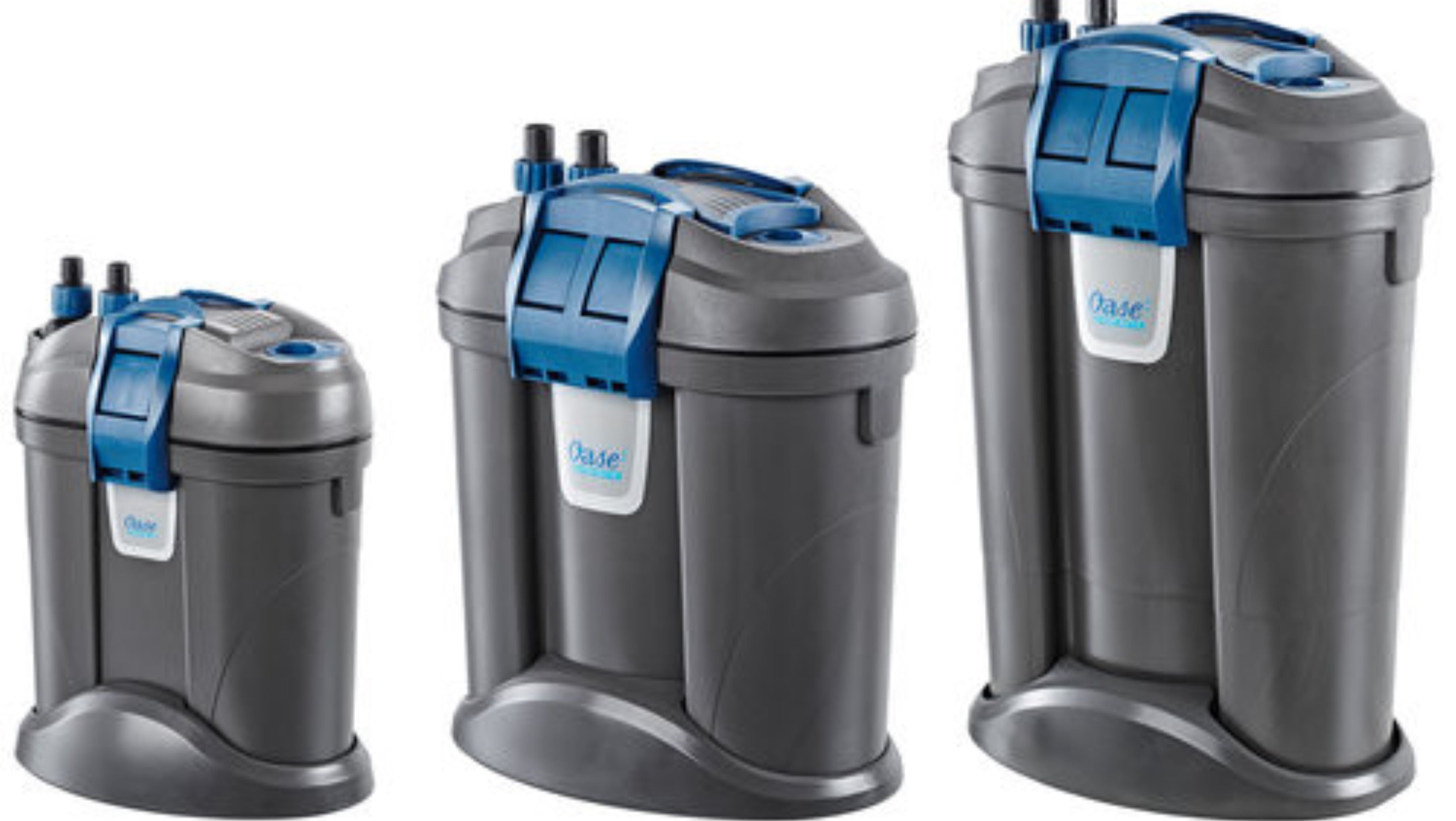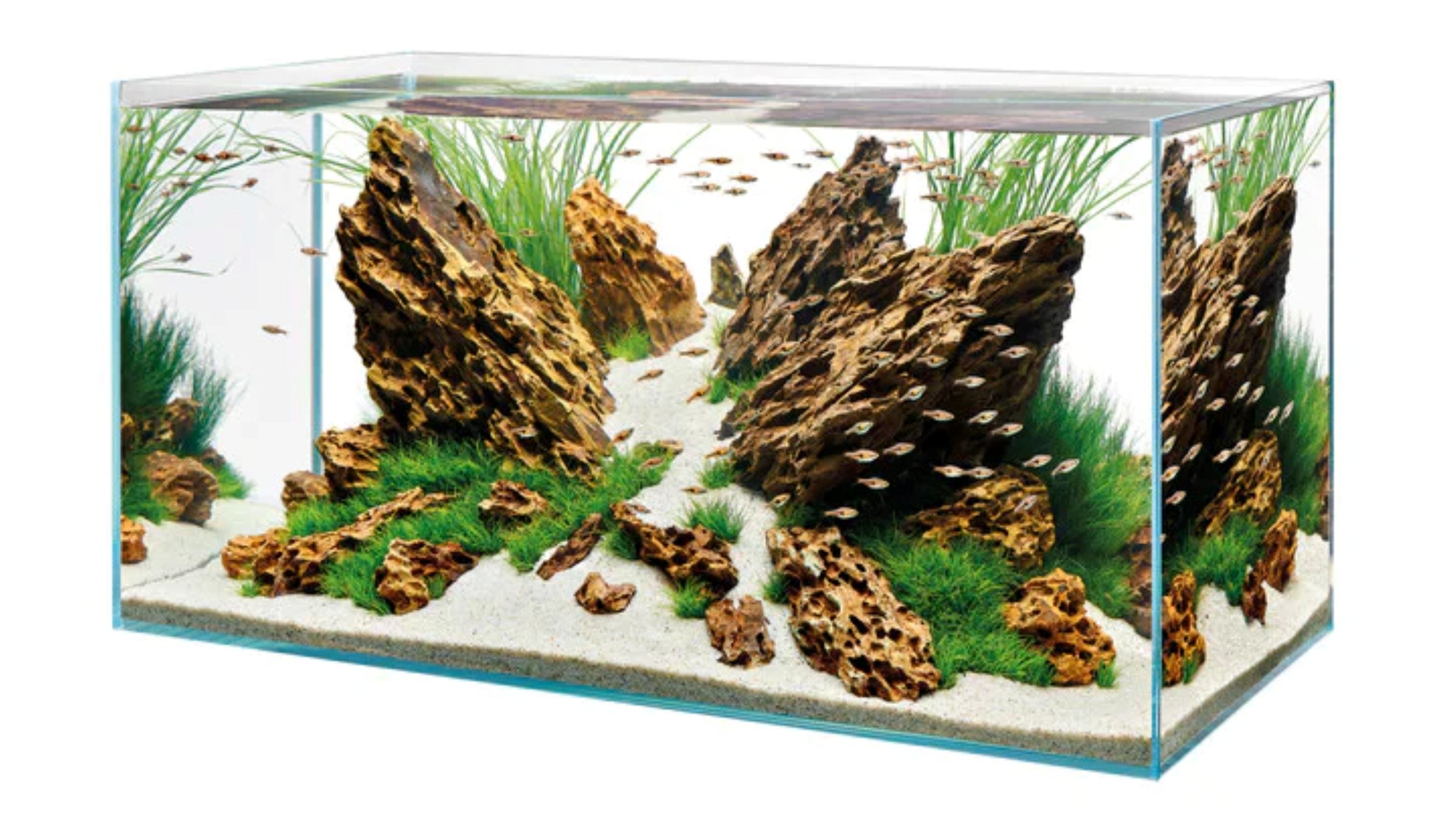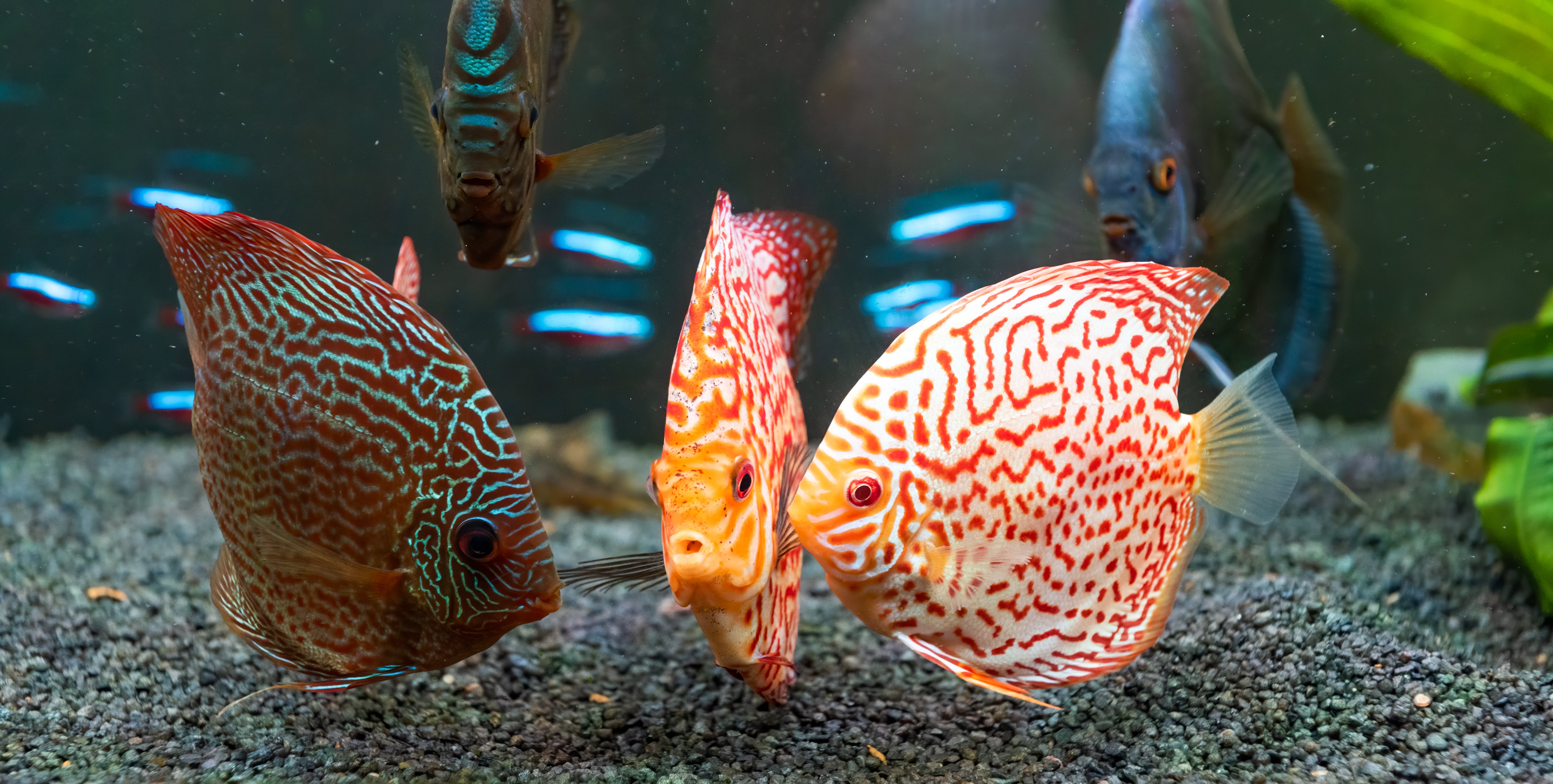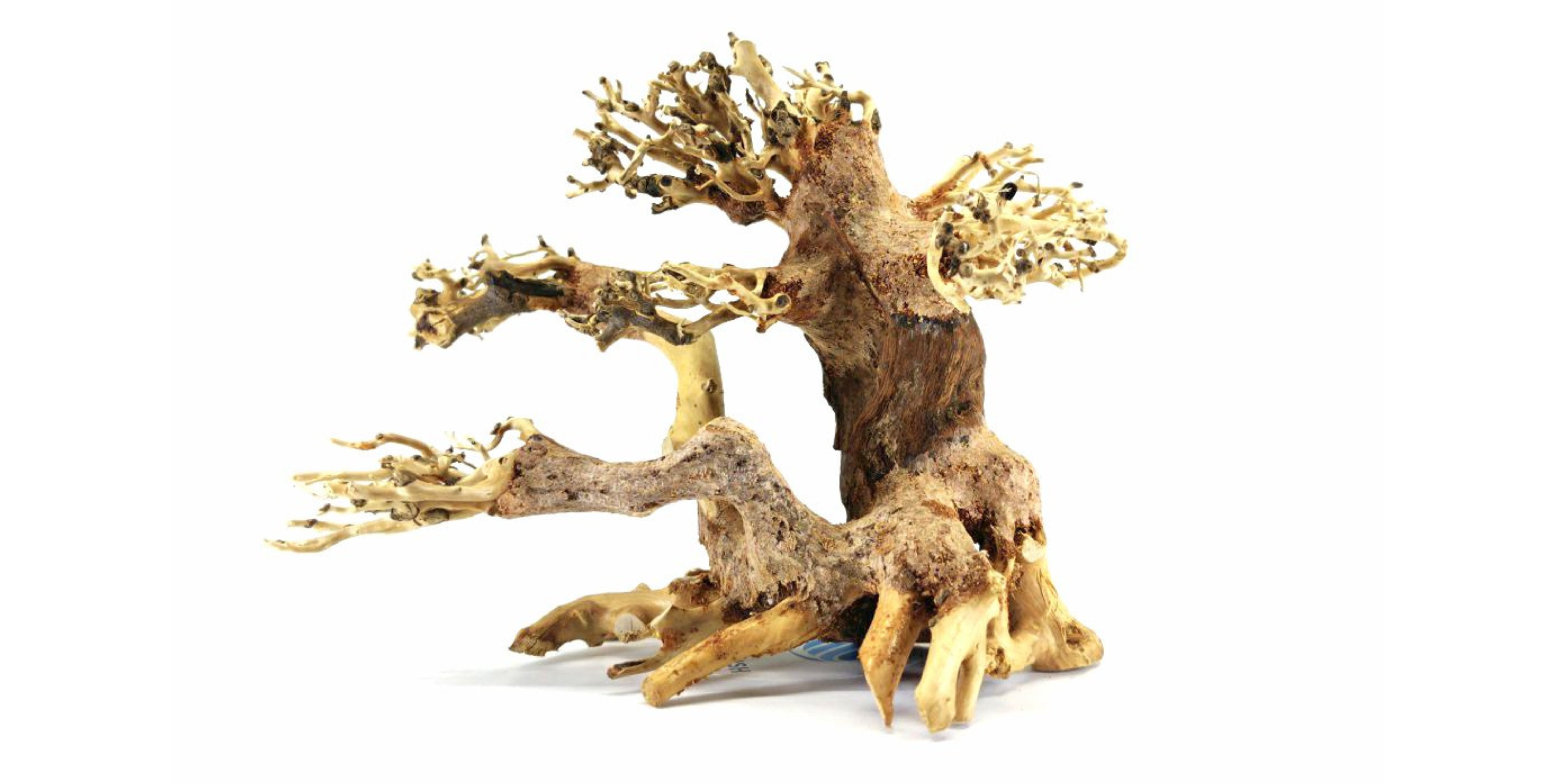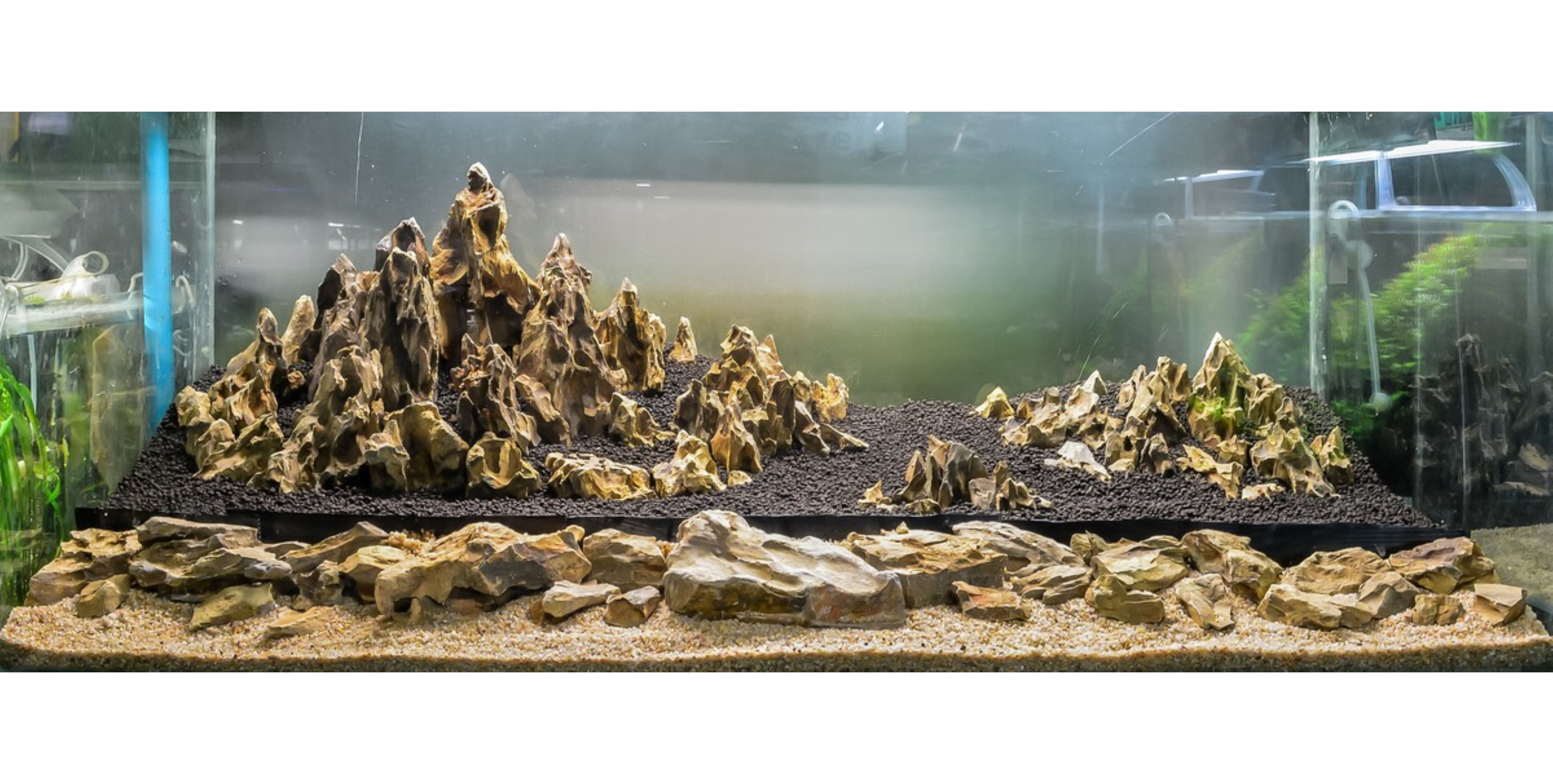Table of Contents
Anubias plants are renowned for their lush green leaves and ability to thrive in various water conditions. They not only enhance the visual appeal of your aquarium but also provide a natural habitat for your fish, helping to create a more balanced ecosystem. With their low maintenance requirements and resilience, Anubias plants are an ideal choice for beginners and experienced aquarists alike. In this guide, we'll introduce you to the top 5 Anubias plant varieties, discussing their unique characteristics, growth habits, and care instructions. Whether you prefer smaller varieties like Anubias nana or larger ones like Anubias barteri, we'll help you choose the perfect plant to suit your preferences and aquarium setup. Get ready to transform your aquarium into a mesmerizing underwater paradise with these top 5 Anubias plants!
Benefits of Having Anubias Plants in Your Aquarium
Anubias plants offer numerous benefits for your aquarium ecosystem. Here are some of the key advantages:
- Enhanced Water Quality: Anubias act as natural filters, absorbing nutrients and waste from the water. This helps to maintain a healthy and balanced environment for your freshwater fish.
- Natural Habitat: These aquatic plants provide a natural hiding place for your live fish, reducing stress and promoting their overall well-being.
- Aesthetic Appeal: Anubias types add beauty and visual interest to your aquarium tank, creating a more captivating underwater landscape.
- Easy Care: These freshwater plants are relatively low-maintenance, making them ideal for beginners and busy aquarists.
- Biologically Active: Anubias plants contribute to the biological balance of your aquarium by providing a surface area for beneficial bacteria to colonize. This helps to maintain a healthy nitrogen cycle.
Top 5 Anubias Plants for Beginners
Anubias Barteri
- Characteristics: Anubias barteri is a large, robust plant with broad, dark green leaves. It grows slowly and can reach a height of up to 24 inches (60 cm).
- Care: This plant prefers moderate to low light conditions and can tolerate a wide range of water parameters. It can be attached to driftwood or rocks using aquarium glue.
- Additional Information: Anubias barteri is a popular choice for larger aquariums and can be used as a centerpiece plant. It is also suitable for aquariums with aggressive fish, as its tough leaves can withstand nibbling.

Anubias Nana
- Characteristics: Anubias Nana is a smaller variety with compact, oval-shaped leaves. It grows slowly and can reach a height of 4-6 inches (10-15 cm).
- Care: This aquarium plant is ideal for smaller aquariums and thrives in low to moderate light conditions. It can be attached to driftwood or rocks or planted in the aquarium substrates.
- Additional Information: Anubias nana is a versatile plant that can be used in various aquarium setups. It is also a popular choice for nano tanks and planted aquariums.
Anubias Coffeefolia
- Characteristics: Anubias coffeefolia is a unique plant with dark green leaves that have a distinctive, coffee-colored underside. It grows slowly and can reach a height of up to 12 inches (30 cm).
- Care: This plant prefers moderate light conditions and can tolerate a wide range of water parameters. It can be attached to aquarium decorations such as driftwood or rocks or planted in the substrate.
- Additional Information: Anubias coffeefolia is a visually striking plant that adds a touch of elegance to your aquarium. It is also a good choice for aquariums with freshwater shrimp, as its leaves provide a hiding place for them.
Anubias Petite
- Characteristics: Anubias petite is a dwarf variety with small, rounded leaves. It grows slowly and can reach a height of 2-3 inches (5-8 cm).
- Care: This plant is ideal for nano aquariums and thrives in low-light conditions. It can be attached to bonsai driftwoods or aquarium rocks or planted in the substrate.
- Additional Information: Anubias petite is a compact plant that is perfect for smaller aquariums. It is also a good choice for planted aquariums with a low-profile design.
Anubias Congensis
- Characteristics: Anubias congensis is a large, robust plant with broad, dark green leaves. It grows slowly and can reach a height of up to 24 inches (60 cm).
- Care: This type of Anubias prefers moderate to low light conditions and can tolerate a wide range of water parameters. It can be attached to driftwood or rocks using aquarium glue.
- Additional Information: Anubias congensis is a great choice for larger aquariums and can be used as a centerpiece plant. It is also suitable for aquariums with aggressive fish, as its tough leaves can withstand nibbling.
How to Choose the Right Anubias Plant for Your Aquarium
When selecting an Anubias plant for your aquarium, consider the following factors:
- Aquarium Size: Larger varieties like Anubias barteri and Anubias congensis are better suited for larger aquariums, while smaller varieties like Anubias nana and Anubias petite are ideal for smaller tanks.
- Light Conditions: Anubias plants can tolerate a wide range of aquarium light conditions, but most varieties prefer moderate to low light.
- Water Parameters: These plants are relatively hardy and can tolerate a wide range of water parameters. However, it's important to maintain stable conditions to ensure optimal growth.
- Aquarium Style: Consider the overall style of your aquarium when choosing Anubias plants. For example, Anubias nana and Anubias petite are good choices for planted aquariums, while Anubias barteri and Anubias congensis are suitable for more natural-looking setups.

Understanding the Care Requirements of Anubias Plants
Anubias plants are relatively low-maintenance, but they do require some basic care:
- Lighting: Provide moderate to low light conditions. Avoid placing the plants directly under bright aquarium lights, as this can lead to algae growth.
- Water Quality: Maintain good water quality by performing regular water changes and testing the water parameters.
- Fertilization: Anubias plants have low nutrient requirements and can often get by with the nutrients present in the aquarium water. However, you may need to supplement with a liquid fertilizer, especially if you have a heavily stocked aquarium.
- Pruning: Anubias plants grow slowly, and pruning is usually not necessary. However, you can remove old or damaged leaves to maintain the plant's appearance.
Tips for Planting and Maintaining Anubias Plants
Anubias plants can be planted in the substrates or attached to driftwood or rocks using aquarium glue. If planting in the substrate, be careful not to bury the rhizome, as this can lead to rot. Regularly check the plant for signs of pests or diseases. If you notice any problems, take appropriate measures to treat them.
How to Propagate Anubias Plants
Anubias plants can be propagated by dividing the rhizome. Here's how to do it:
- Carefully remove the plant from the aquarium.
- Use a sharp, sterile knife to divide the rhizome into sections, ensuring that each section has at least one leaf.
- Replant the sections in the substrate or attach them to driftwood or rocks.

Additional Considerations for Anubias Plants
- Compatibility with Other Plants and Fish: Anubias plants are generally compatible with most other aquarium plants and fish. However, avoid placing them near aggressive fish that may nibble on the leaves.
- Nutrient Requirements: While Anubias plants have low nutrient requirements, they can benefit from occasional fertilization, especially in heavily stocked aquariums.
- Algae Control: Anubias plants can help to control algae growth by absorbing nutrients from the water. However, if you have a problem with algae, you may need to take additional measures to address the issue.
Conclusion
Anubias plants are a fantastic addition to any aquarium, offering a combination of beauty, durability, and low maintenance. With their diverse range of sizes and shapes, there's an Anubias plant to suit every aquarium. By following the care guidelines outlined in this guide, you can enjoy the benefits of these wonderful plants for years to come. At our Splashy Fish tropical fish store, Anubias plants for sale and other freshwater plants for sale are submerged, grown, and covered by our Live Arrival Guarantee. Visit our fish store to buy betta fish freshwater fish for sale, freshwater shrimp for sale, and other aquarium supplies online or at our aquarium Virginia by following the map below.
FAQs
Do Anubias plants require a lot of maintenance?
No, Anubias plants are relatively low-maintenance. They only require basic care, such as regular water changes and occasional pruning.
Can Anubias plants be planted in the substrate?
Yes, Anubias plants can be planted on the substrate. However, be careful not to bury the rhizome, as this can lead to rot.
How often should I fertilize Anubias plants?
Anubias plants have low nutrient requirements and can often get by with the nutrients present in the aquarium water. However, you may need to supplement with a liquid fertilizer, especially if you have a heavily stocked aquarium.


